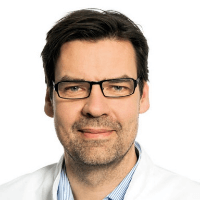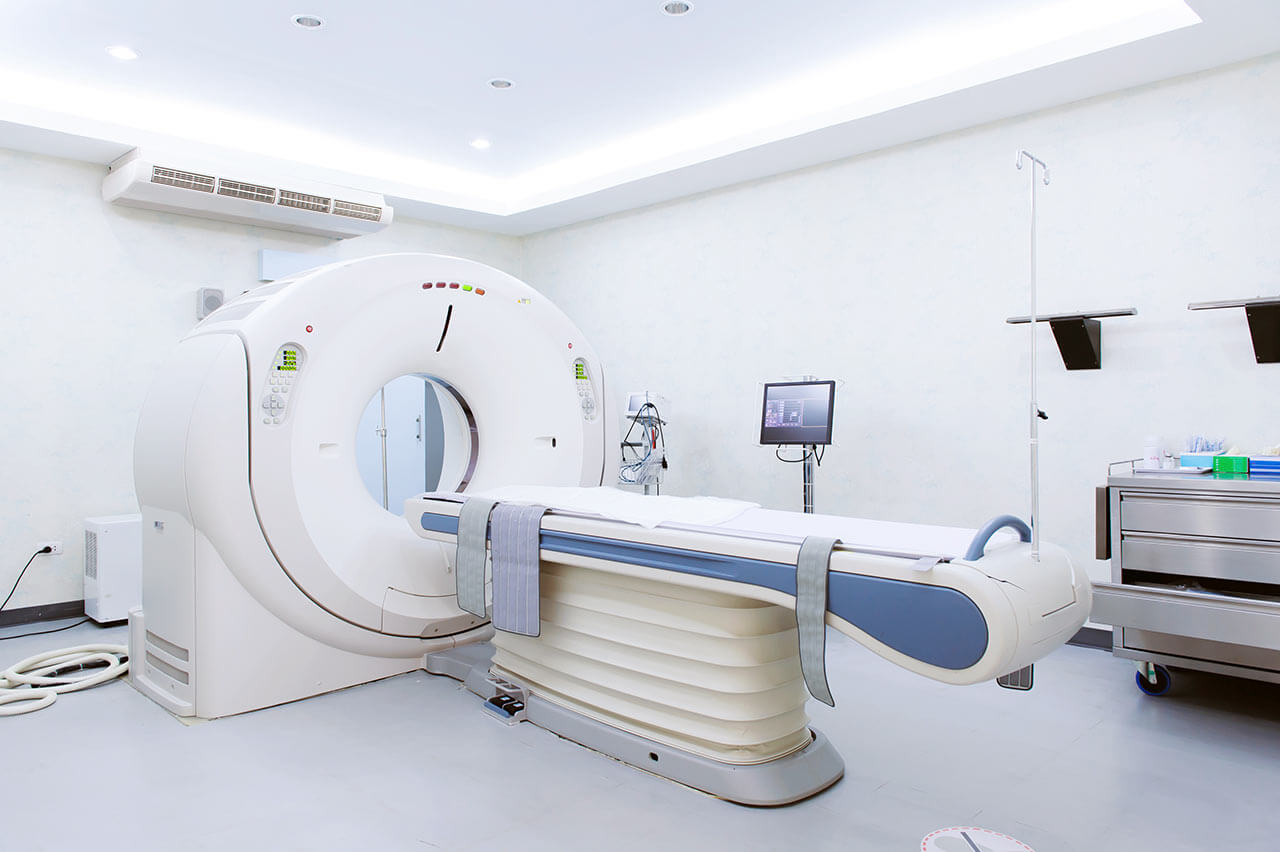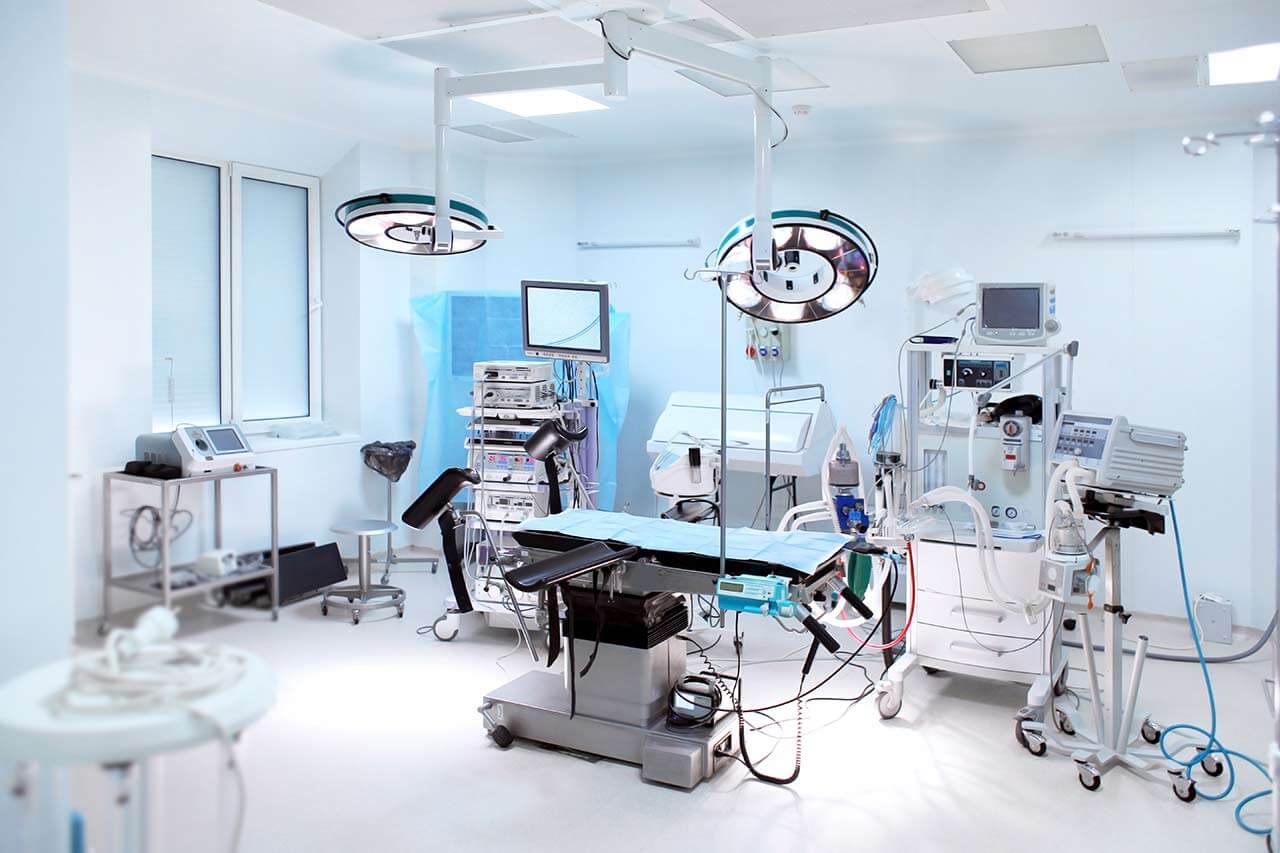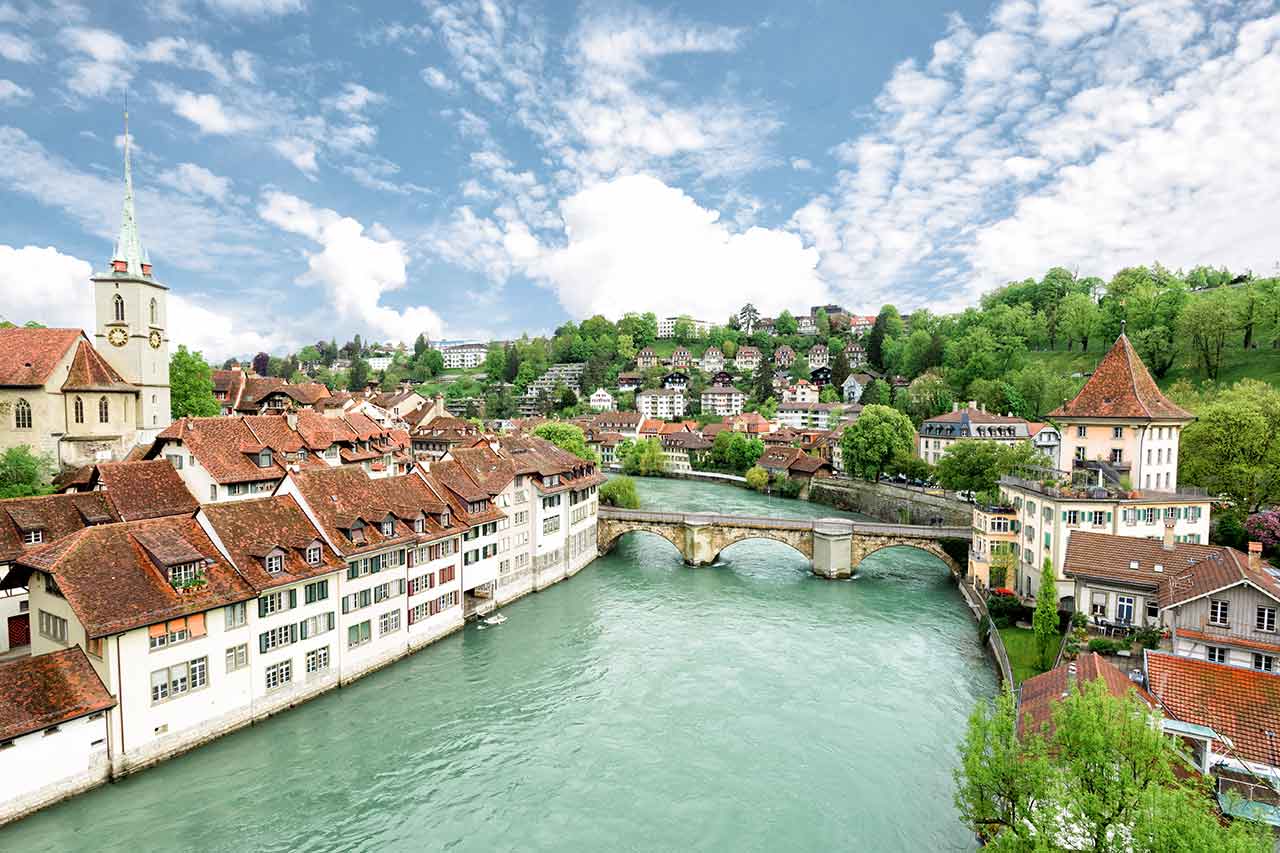
The program includes:
- Initial presentation in the clinic
- clinical history taking
- physical examination
- laboratory tests:
- complete blood count
- general urine analysis
- biochemical analysis of blood
- TSH-basal, fT3, fT4
- indicators of inflammation
- indicators blood coagulation
- doppler/ duplex receptacles of the upper extremities
- angiography/ angio-MRI
- arm vessels angioplasty
- symptomatic treatment
- cost of essential medicines
- nursing services
- full hospital accommodation
- elaboration further recommendations
Required documents
- Medical records
- Duplex scanning of the subclavian arteries, MRI/CT scan (if available)
Service
You may also book:
 BookingHealth Price from:
BookingHealth Price from:
About the department
The Department of Diagnostic and Interventional Radiology at the Hirslanden Salem-Spital Bern provides the full range of medical services in the area of its specialization. The department's doctors offer their patients all modern imaging examinations, as well as imaging-guided therapeutic interventional procedures. The Chief Physician of the department is Dr. med. Lars Diedrichsen.
The department maintains high quality of medical care, but the important role is given to a humane attitude towards patients. The state-of-art medical equipment ensures the reduction of radiation dose during diagnostic tests, strict compliance of diagnostic and therapeutic procedures with radiation protection standards, as well as maximum comfort for the patient.
All results of imaging examinations are stored in a special picture archiving and communication system (PACS), so the specialists from other departments of the clinic have access to a database of diagnostic results.
The department's clinical focuses include:
- Diagnostic radiology
- Classical radiography of the bones and internal organs
- Fluorography
- Ultrasound scanning of the neck (including the thyroid gland), breast, organs of the abdominal cavity and small pelvis (less commonly, examinations of the joints and other anatomical structures)
- Computed tomography (CT)
- Magnetic resonance imaging (MRI)
- EOS diagnostic imaging system (primarily for preoperative and postoperative examinations in orthopedic and spinal surgeries)
- DEXA densitometry for the assessment of bone mineral density (for osteoporosis)
- Interventional radiology
- Imaging-guided biopsy
- Imaging-guided puncture
- Imaging-guided drainage
- Pain therapy for chronic back and joint pain (imaging-guided infiltration)
- Other diagnostic and therapeutic techniques
Curriculum vitae
Professional Career
- January 2016 Work in the Department of Diagnostic and Interventional Radiology at the Hirslanden Salem-Spital Bern.
- June 2013 - December 2015 Senior Physician, Department of Radiology, Sonnenhof Clinic.
- September 2010 - May 2013 Senior Physician, Department of Radiology, Clinic in Bern.
- October 2009 - August 2010 Deputy Senior Physician, Department of Adult and Pediatric Diagnostic, Interventional Radiology, University Hospital Bern.
- January 2006 - September 2009 Assistant Physician, Department of Adult and Pediatric Diagnostic, Interventional Radiology, University Hospital Bern.
- January 2005 - December 2005 Assistant Physician, Department of Internal Medicine, Herz-Jesu-Krankenhaus, Munster, Germany.
Higher Education and Postgraduate Training
- August 2014 Board certification in Radiology, Swiss Medical Association (FMH).
- September 2009 Exam in Radiology for the title of Medical Specialist in this field.
- 1998 - 2004 Study of Human Medicine at the Ruhr University Bochum, Germany.
- 1991 - 1995 Medical and Technical Assistant (Radiology), Central Radiology Institute of the West Coast Clinic in Heide.
Photo of the doctor: (c) Hirslanden AG
About hospital
The Hirslanden Salem-Spital Bern enjoys the status of a modern medical facility, which work is based on the highest medical standards, a humane and respectful attitude towards patients. The history of the health facility began back in 1888, when it functioned with the assistance of the Deaconess Foundation. In 2002, the hospital became part of the well-known Network of Swiss Hirslanden Medical Centers, which diagnose and treat patients in all fields of modern medicine. The Hirslanden Network has 18 clinics across the country. The hospital has 163 beds for the hospitalization of patients. The medical complex also includes 7 high-tech operating rooms and 4 excellently equipped delivery rooms.
The hospital’s key areas of specialization are orthopedics and traumatology, spinal surgery, gynecology and obstetrics.
The quality of medical services is monitored through an effective quality management system. Since 2010, the hospital regularly openly publishes all indicators of clinical activities, which helps to increase patient confidence.
The hospital is located in the central and at the same time quiet part of the beautiful Swiss city of Bern. The windows of the patient's rooms overlook the beautiful views of the Old City and fascinating alpine landscapes. The medical institution is also proud of its own spacious garden where one can stroll along the pond, relax and gain strength. All these details, combined with the excellent quality of medical service, guarantee the best treatment results and comfort.
Photo: (с) depositphotos
Accommodation in hospital
Patients rooms
The patients of the Hirslanden Salem-Spital Bern live in comfortable rooms made in a modern design. Each patient room has an ensuite bathroom with shower and toilet. The standard patient room includes an automatically adjustable bed, a bedside table, a table, a chair, an armchair, a TV and a telephone. If desired, one can connect to Wi-Fi. The hospital also offers accommodation in the enhanced-comfort patient wards, which are additionally equipped with a safe, a refrigerator and upholstered furniture.
Meals and Menus
The patient and the accompanying person are offered a daily choice of three menus. If you are on a specific diet for any reason, you will be offered an individual menu. Please inform the medical staff about your dietary preferences prior to the treatment.
Further details
Standard rooms include:
Religion
The religious services can be provided upon request.
Accompanying person
During the inpatient program, an accompanying person may stay with the patient in the room or at a hotel. Our managers will help you choose the most suitable option.
Hotel
During the outpatient program, the patient may stay at the hotel. Our managers will help you choose the most suitable option.




